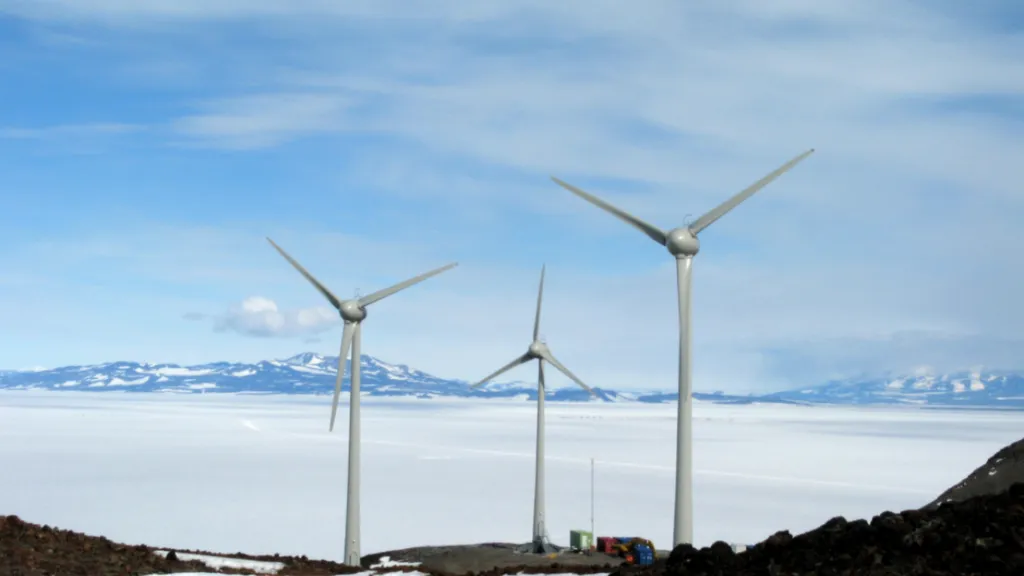Are you thinking about reducing your carbon footprint and generating your own electricity? Perhaps you’ve considered solar panels, but what about harnessing the power of the wind? ‘Small scale wind turbines’ offer an enticing alternative, or even a complement, to solar, particularly for homes and businesses in areas with consistent breezes. This article examines how these turbines can contribute to a more sustainable future, one property at a time.
Understanding Wind Power for Homes
Wind energy, as a concept, has existed for centuries. From windmills grinding grain to sailing ships traversing oceans, humans have long understood the potential of wind. But how does this translate to powering your home? At its core, a wind turbine converts the kinetic energy of wind into electrical energy. Blades, aerodynamically designed, rotate as wind passes over them. This rotation drives a generator, which then produces electricity.
The size of the turbine and the strength of the wind determine the amount of electricity generated. ‘Small scale wind turbines’, designed for residential or small business use, are significantly smaller than their utility-scale counterparts that you might see in wind farms. This reduced size makes them suitable for installation on rooftops or in open land near buildings. But are they right for you? Several factors influence the viability of this technology.
Assessing Your Wind Resource
Before investing in a small turbine, understanding your local wind resource is vital. Wind speed varies significantly depending on location, terrain, and even the height of surrounding buildings or trees. A site assessment, sometimes performed by a professional, will determine if your property has sufficient wind to make a turbine worthwhile.
Think of it like this — would you plant a sun-loving flower in a shady spot? Similarly, a wind turbine needs consistent wind to function effectively. Data from local weather stations, online wind maps, and even simple anemometers can provide valuable insights. Ideally, your site should have an average wind speed of at least 9-10 mph for optimal performance.
Types of Small Wind Turbines
Not all wind turbines are created equal. Two main types dominate the ‘small scale wind turbines’ market horizontal-axis and vertical-axis. Horizontal-axis turbines, the more familiar design, feature blades that rotate around a horizontal shaft. They are typically mounted on a tower to maximize wind capture. Vertical-axis turbines, on the other hand, have blades that rotate around a vertical shaft. These are often smaller, less efficient, and can be located closer to the ground.
Which type is better? It depends on your specific needs and location. Horizontal-axis turbines generally produce more electricity, but they require more space and are more sensitive to wind direction. Vertical-axis turbines, while less efficient, can operate in turbulent wind conditions and are aesthetically pleasing.
Installation and Maintenance
Installing a wind turbine is not a DIY project for most people. It typically requires permits, specialized equipment, and electrical expertise. A qualified installer will handle the entire process, from securing the necessary permits to connecting the turbine to your electrical system.
Once installed, wind turbines require minimal maintenance. Regular inspections, lubrication of moving parts, and occasional blade cleaning are usually sufficient. Think of it like maintaining a car — periodic check-ups ensure optimal performance and prevent costly repairs down the line.
Benefits and Considerations
The appeal of small wind turbines lies in their potential to reduce energy costs and environmental impact. By generating your own electricity, you can decrease your reliance on the grid and lower your monthly utility bills. Furthermore, wind energy is a clean, renewable resource that produces no greenhouse gas emissions.
However, there are also considerations to keep in mind. The initial cost of a turbine, including installation, can be substantial. Noise pollution, visual impact, and potential effects on wildlife are other factors to consider. Plus, the intermittent nature of wind means that you may still need to rely on the grid for electricity when the wind isn’t blowing.
The Economics of Wind Power
So, does investing in a small wind turbine make economic sense? The answer depends on several factors, including the cost of electricity in your area, the amount of electricity you use, and the available wind resource. Government incentives, such as tax credits and rebates, can also significantly reduce the upfront cost.
A thorough cost-benefit analysis is essential before making a decision. Consider not only the financial aspects but also the environmental benefits and the long-term value of energy independence.
A Sustainable Future
‘Small scale wind turbines’ represent a tangible way for individuals and businesses to contribute to a more sustainable future. By harnessing the power of the wind, we can reduce our carbon footprint, lower energy costs, and promote a cleaner environment. While not a silver bullet, wind turbines, when implemented thoughtfully, can play a vital role in transforming our energy landscape, one home, one business, one turbine at a time. Are you ready to join the wind revolution?
